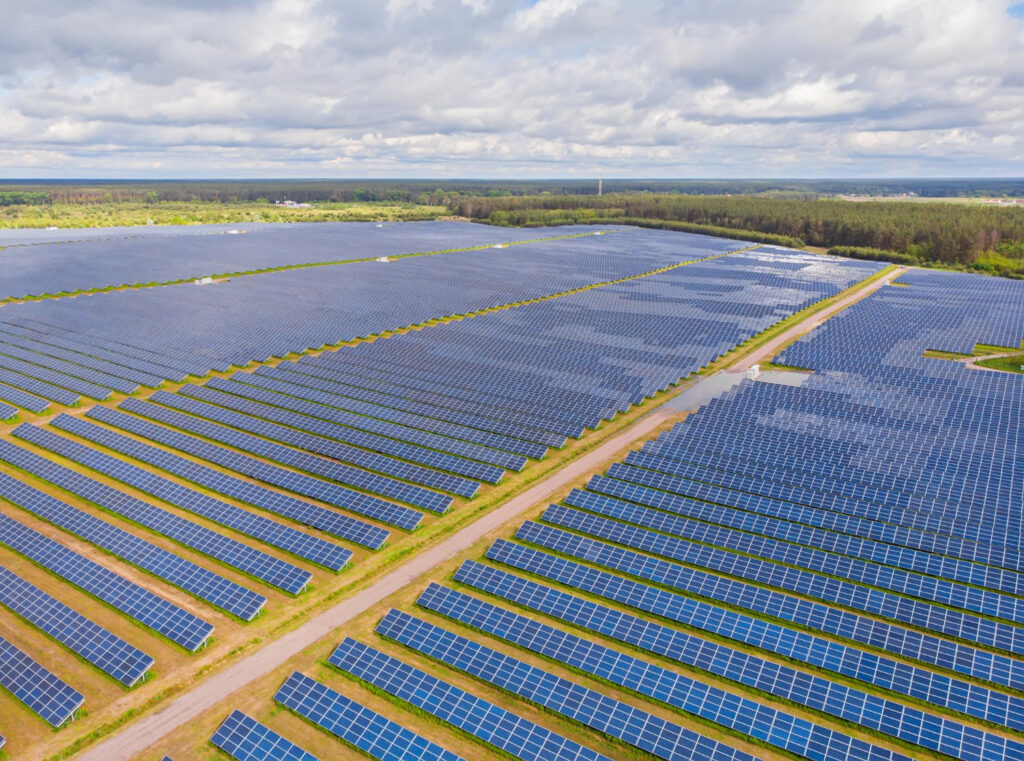Solar energy is playing a critical role in reshaping Australia’s energy environment and the way that nation produces electricity. A remarkable achievement in the National Electricity Market (NEM) was announced by the Australian Energy Market Operator (AEMO) on September 17th: an all-time declining demand of 11,393MW at 12:30 pm, representing a 4.2% drop from the previous record set in November 2022.
Even more astounding is the fact that on that day, solar energy from grid-scale and rooftop sources contributed a stunning 57% of the electricity used.
TOWERING IMPORTANCE OF SOLAR ENERGY IN AUSTRALIA
This accomplishment highlights the rising significance of solar energy in Australia’s efforts to establish a sustainable and environmentally friendly future. The need for conventional grid-scale power sources like coal and gas is progressively dropping as more people adopt rooftop solar systems. On bright, warm days, when rooftop solar output is at its highest and energy usage is at its lowest, this tendency is most obvious.
- Australia is leading the world in the adoption of rooftop solar. Rooftop solar generation provided more than 8GWh of energy last summer, outperforming all other renewable sources and even surpassing brown coal capacity.
- This highlights the important role that businesses and individual customers have played in the shift to greener energy choices.
According to PV Tech Premium, rooftop solar generated up to 9.3% of all the power produced in Australia. Solar photovoltaic (PV) plants made up a noteworthy 14.7% of the country’s power production in the previous year when combined with larger-scale (5%) and medium-scale (0.4%) solar projects.

According to AEMO’s forward-looking insights, solar adoption will continue to soar. By 2050, it is anticipated that 65% of households will have solar panels installed, with a total installed capacity of 69 GW. This ambitious development trajectory is in line with Australia’s aim to cut emissions and switch to more environmentally friendly energy sources.
This solar surge has effects that go well beyond a decrease in the need for traditional sources of energy. Here are some salient conclusions:
- Lower Emissions: Australia’s increased usage of solar energy greatly lowers greenhouse gas emissions. The nation moves closer to reaching its climate targets as its reliance on fossil fuels declines.
- Energy Resilience: It is improved through distributed solar power, particularly through rooftop solar panels. It lessens the susceptibility to interruptions in centralized power generation.
- Savings: Solar energy gives people the ability to produce their electricity, resulting in lower energy costs and more energy independence.
- Economic Development: Australia’s position as a pioneer in renewable energy technology is enhanced by the rise of the solar sector, which promotes job creation and economic development.
- Technological Developments: As solar energy is used more frequently, this drives innovation and breakthroughs in the field, making it more effective and widely available.
Australia’s National Electricity Market is showcasing solar energy’s enormous potential to sustainably supply the nation’s electricity demands. The country is well on its way to a cleaner, greener, and more independent future as solar power continues to play an ever-expanding part in the energy mix.
We take pleasure in being at the forefront of this solar revolution here at Solaright. We are dedicated to offering cutting-edge solar solutions that enable households and businesses to harness the power of the sun as a leading Australian Solar Panel Retailer. We can create a more promising and sustainable future for Australia and the entire globe by working together.

